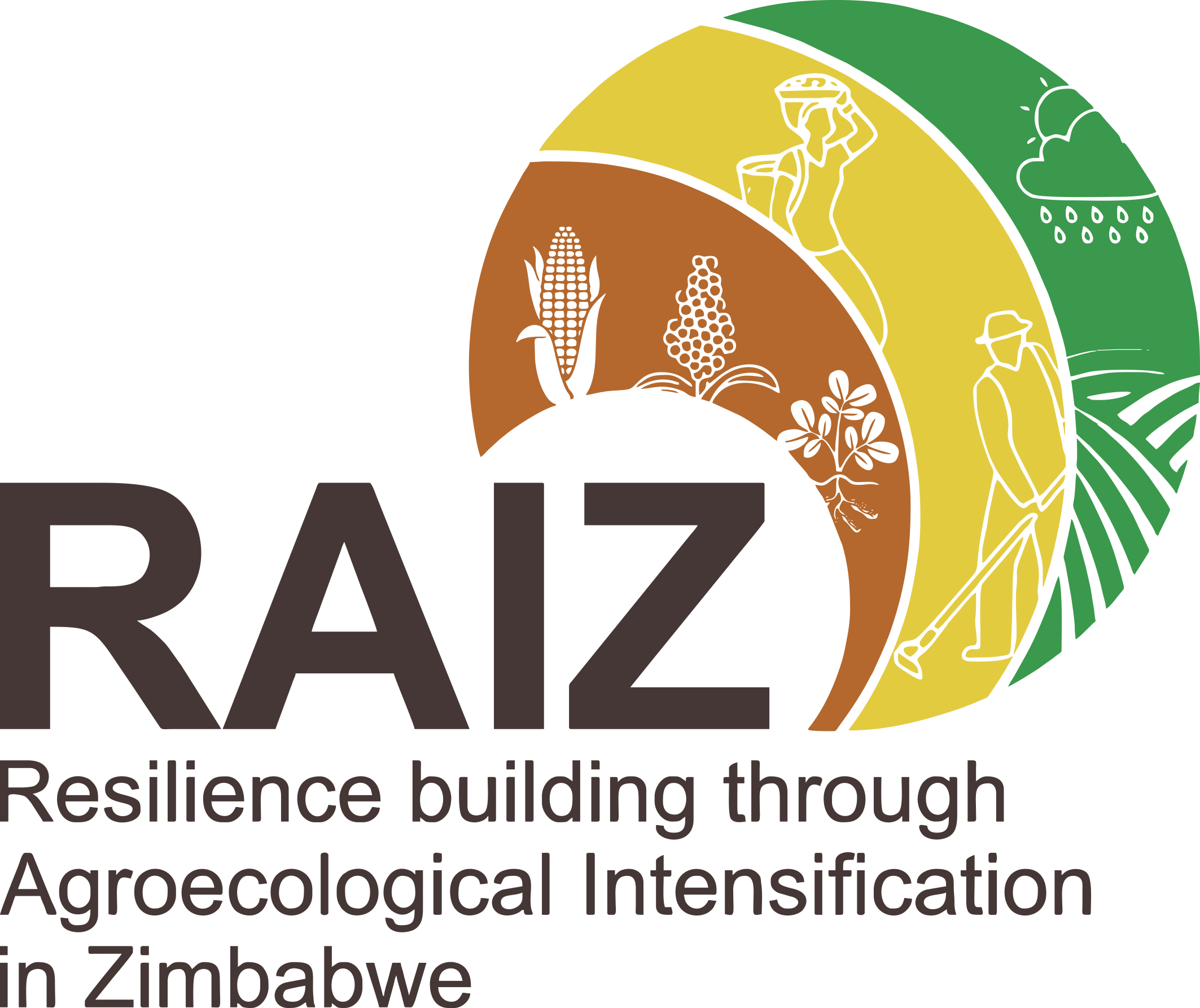Prospective modelling of possible landscape configurations for agro-ecological transition in Zimbabwe
Research questions
- Which landscape configurations would contribute to agro-ecological intensification by increasing the production of ecosystem services and decreasing disservices?
- Which arrangements and changes in farming practices would be relevant to achieve this?
General context
The agricultural sector in Zimbabwe employs between 60% – 70% of the population, but its low productivity results in high rates of food insecurity in the country. In addition, IPCC reports estimate that climate change could cause maize yields to fall by more than 30% by 2050, and the demographic changes, including population growth in rural areas, are increasing pressure on arable land. Intensifying agricultural systems in a sustainable way is crucial for food security, while increasing resilience to climate hazards. One promising option is the development of agroecological intensification techniques. Common approaches include technical innovations at plot or farm level, and the landscape scale will be seldom taken into account.
Importance of the research question
Several agroecological processes are taking place at the landscape level, such as the exchange of organic matter and nutrients, or the spread of pests. The provision of some ecosystem services can be assessed at this scale to better understand the trade-offs between nature and societies. The landscape is also the scale of arrangements between actors and where collective decisions are made for the management of common natural resources.Several agroecological processes are taking place at the landscape level, such as the exchange of organic matter and nutrients, or the spread of pests. The provision of some ecosystem services can be assessed at this scale to better understand the trade-offs between nature and societies. The landscape is also the scale of arrangements between actors and where collective decisions are made for the management of common natural resources.The study area in Zimbabwe is characterised by savannah landscapes, with high complementarity between cropped areas, fallows, rangelands and woodlands. This complementarity between these landscape elements makes landscape approaches particularly relevant in this area.The objective of this PhD study is to identify possible options for agroecological intensification at landscape scale, and to evaluate their impact in sub-humid Zimbabwe. We will explore the following research hypotheses:
- Landscape approaches help imagine relevant spatial organization and promote arrangements between actors.
- Implementation of plot and farm scale agroecological intensification options implies long-term changes in land use and land cover that need to be sustained by specific arrangement between actors.
- Landscape scale analysis provide relevant indicators to inform decisions for the transition towards agroecological intensification.

Adrien COQUEREAU
PhD Student
Duration
2022-2025
Scientific supervision
Camille Jahel (CIRAD)
Gatien Falconnier (CIRAD)
Marc Piraux (HDR, CIRAD)
Kefasi Nyikahadzoi (University of Zimbabwe)
Location
Montpellier (Cirad – Maison de la Télédétection, 500 rue Jean-François Breton, 34090, Montpellier)
Biography
Adrien graduated with a Masters in Geography at the University of Angers (France), and has been studying changing landscapes in sub-Saharan Africa since 2020 through two research internships with the NGO Nitidae.
